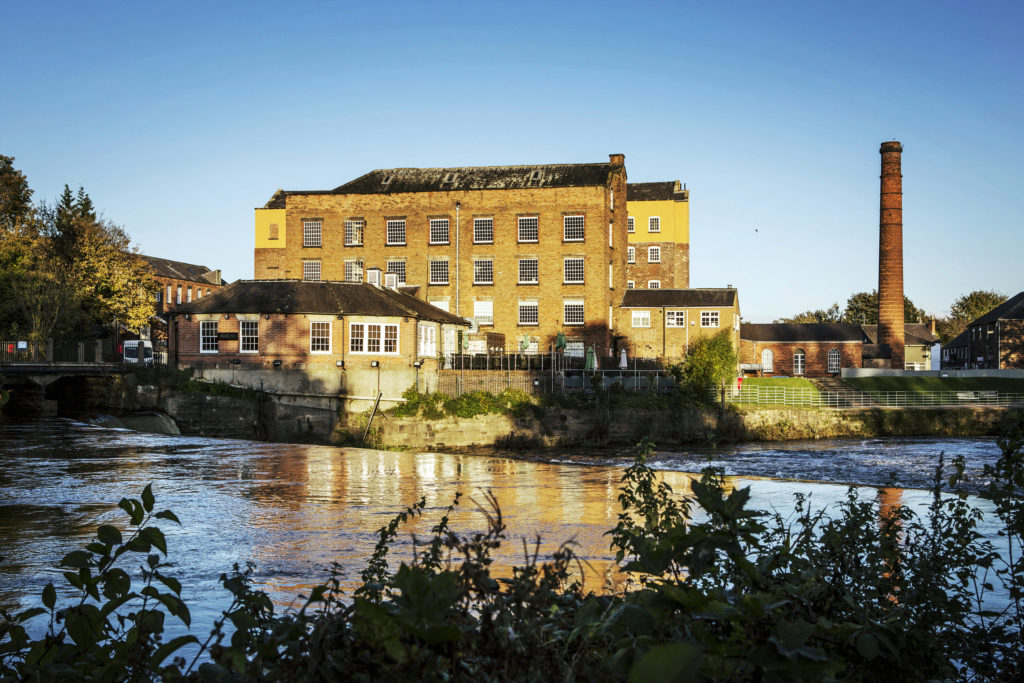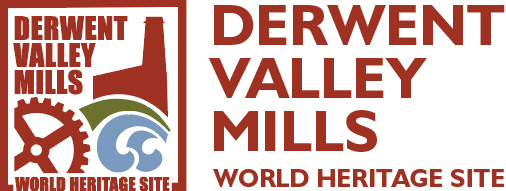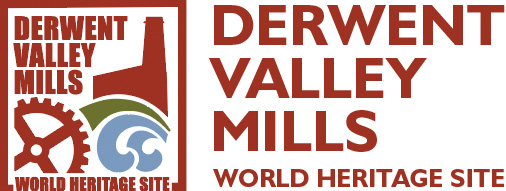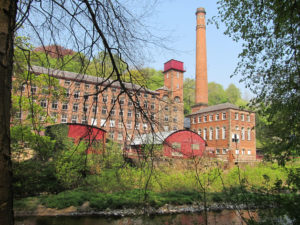Introducing the Derwent Valley Mills World Heritage Site

Introducing the Derwent Valley Mills World Heritage Site
These texts, for use with different audiences, have been developed as part of the Derwent Valley Mills World Heritage Site (DVMWHS) Joint Education and Engagement Project, part of the DVMWHS Great Place Scheme. They are intended for sites, schools and organisations to use as a coherent and simple way to give a brief introduction to the DVMWHS and its reasons for inscription as a World Heritage Site.
You can download a Word document which contains these texts and how to use them here
The images are below – you can right click on each image and ‘save as’ – please credit DVMWHS (unless it states otherwise) if you use in printed format.
Uses of these proposed texts and images
- The texts are intended as a simple, age-appropriate introduction to the DVMWHS and its OUV (Outstanding Universal Value) for educational and engagement purposes. Please note this is very different for the text that might be appropriate for marketing, visitor attraction or tourism purposes.
- The texts can be used and adapted for use on sites – for spoken presentations and talks, as an introduction to the site, within a site tour, within an educational school visit etc.
- They can also be adapted to use off site – in talks, outreach work, presentations or for training.
- They can also be used in written documentation – learning packs, educational explanations, leaflets, etc.
- The texts could be supported by a selection of the accompanying images to be used with the appropriate credits and references. The selection of images will depend on the location and context that you are using the wording in. (Suggested image choices in brackets).
Key Stage 1 Infant (Age 5-7):
Welcome to (insert site name or location) which is in the Derwent Valley Mills World Heritage Site (1). World Heritage Sites are found all around the world and are specially protected places that are valuable to everyone. These interesting and exciting places help us to learn about our past. This place is a World Heritage Site because what happened here changed how we live and work forever.
The mills built here were the world’s first factories (5, 6, 7, 8, 9, 10). The mills used silk or cotton to make thread which was sold for knitting stockings or to be woven into cloth (11). Water wheels and water-power were used to power new machinery (12, 13, 14). This had not happened anywhere else in the world on such a large scale.
The mills needed many workers, so the mill owners built houses, then schools, shops and churches to attract them to move to the area (15, 16, 17, 18, 19). At first goods were moved about by road using packhorses and carts. Later canals and railways moved goods faster (20, 21, 22). What is really special about this place is that all of these mills, housing, canals, roads and railways are still here in our wonderful protected valley landscape for us to learn from today and protect for the future (23, 24).
Key Stage 2 Junior (Age 8-11):
Welcome to (insert site name or location) which is in the Derwent Valley World Heritage Site (1).
World Heritage Sites are places that UNESCO (The United Nations Education, Scientific and Cultural Organisation) decides have ‘Outstanding Universal Value to Humanity’ (2, 3). They are special an unique and belong to all the people of the world no matter where they live. You might have heard of some other World Heritage Sites like the Taj Mahal in India or the Pyramids in Egypt (4).
These special places help us to learn about our past as they still survive today. They are places we want to protect and preserve for the future.
The Derwent Valley Mills, along the River Derwent in Derbyshire (25), is a a world heritage site because the things that happened here in the past changed how we live and work across the world forever.
They are the world’s first factories (5, 6, 7, 8, 9, 10) which spun silk or cotton thread to be made into stockings or cloth (11). They used water-power successfully on a large-scale for the first time anywhere in the world (12, 13, 14). The cotton was grown in warmer climates than Britain and imported from across the Atlantic Ocean from plantations where enslaved Africans worked. Silk from moth cocoons was imported from Europe. Experience gained from building the large mill buildings, especially the iron-framed fire-proof buildings, helped pave the way for sky-scrapers and cities.
The mills needed workers, so the mill owners built workers’ housing, schools and other facilities, to attract them (15, 16, 17, 18, 19). New transportation helped move people and goods faster than ever, changing from packhorses, to stagecoaches on toll roads, building canals and later steam railways (20, 21, 22). The changes that happened here helped start an Industrial Revolution that was copied around the world.
These mills, water-ways, workers’ housing and transport links are still here. They sit in a valley landscape that has changed very little and is surrounded by important water, farming and woodland habitats (23, 24). It is here for us to learn from today – to discover, explore and to protect for the future.
Key Stage 3, 4 and upwards Secondary (Age 12-16) and Adult Short non-technical:
Welcome to (insert site name or location) which is in the Derwent Valley Mills World Heritage Site (1).
World Heritage Sites are places that UNESCO (The United Nations Education, Scientific and Cultural Organisation) decides have ‘Outstanding Universal Value to Humanity’ (2, 3). They are special, valuable and unique and belong to all the people of the world no matter where they live. There are ‘natural’ and ‘cultural’ sites listed all around the world including places like the Pyramids in Egypt, Stonehenge in the UK and Virunga National Park in Congo (4).
The Derwent Valley Mills World Heritage Site is in Derbyshire. The River Derwent runs in a valley from north to south and the mill buildings and other special places and features sit in this valley from Matlock Bath in the north, through Cromford, Belper, Milford, Darley Abbey and into Derby (25). The Derwent Valley Mills World Heritage Site was placed on the list as the things that happened here in the past changed how we live and work forever.
From the 1700s waterpower was used successfully on a large scale for the first time to power machinery spinning cotton and silk thread (11, 12, 13, 14). This non-stop power supply, newly invented machinery and ways of organising workers led to mass production and the factory system. Products were manufactured of better quality and faster than ever before, leading to an Industrial Revolution (5, 6, 7, 8, 9, 10).
The mills needed workers, so housing was constructed and later facilities including schools, gardens, parks, pubs, reading rooms, street lighting and gas supplies to attract families with children to work in the mills (15, 16, 17, 18, 19). Increased demands for food led to new ways of farming and food production. The lives of the working families changed forever. The effects were felt across the globe with cotton supplies coming from South America, the Caribbean and southern USA from plantations using enslaved African workers. Silk from moth cocoons was imported from Europe. Large buildings were constructed including iron-framed, fire-proof buildings. These methods were copied across the world.
As the factory system developed and spread, transported was needed to move products and people. This changed from packhorses and stagecoaches to toll roads, canals and railways (20, 21, 22).
During the 18th and 19th Century change happened across the UK and large scale production of textiles spinning moved to other major cities. Growth in the Derwent Valley slowed leaving the area ‘suspended in time’. The landscape remains much as it did in the 1800s with the mills, waterways, housing and canals inserted into a rural landscape of farmland and woodland (23, 24). This leaves us an important World Heritage Site to learn from today and protect for the future.


























